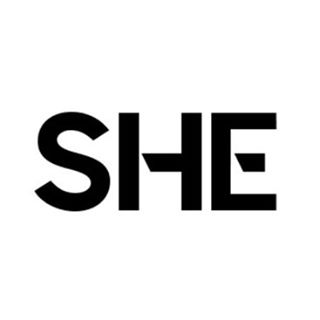August 2020: Elspeth Schulze - Week 3
Elspeth Schulze is an interdisciplinary artist originally from Grand Coteau, Louisiana. Through ceramic, textile and sculptural processes, she explores the complex relationship between material and place.
website: elspethschulze.com
ig: elspethschulze
Fiber reactive dye on paper with versions of a repeated textile motif
After I finished college, I took a series of workshops at Arrowmont School of Crafts in Tennessee and Penland School of Crafts in North Carolina. It was the best thing I’ve ever done- I was fresh out of college, not sure what to do next, and was immersed in these rich communities focused on making. I applied to be a work study student at both schools and was able to take free and reduced tuition workshops in exchange for working in the kitchen.
Motifs cut from carbon paper and pasted onto tracing paper, placed on large sheets of drawing paper brushed with fiber reactive dye
The first workshop I took was a textile design class, where I learned how to use fiber reactive dyes for surface design. These dyes produce a vibrant range of colors- the dye chemically bonds with the fibers, so instead of sitting between the fibers and gradually washing out, the color is UV and water fast. In the workshop, we learned how to thicken the dye into a paste, which could be brushed on in bleed proof lines or used to screen print. After the class I bought a batch of powdered dyes that I’ve had for the past twelve years. During this time, I’ve used them occasionally to dye and print yardage, which I’ve sewn into clothing.
Layout of a textile design on paper with color test strips
In March I lost access to my on-campus studio in Boulder and joined my partner in Tulsa, where I found a temporary work space. Access to this space was closed shortly afterward, and I found myself in our studio apartment, overwhelmed and ungrounded. I decided to take a break from my thesis work to play with textile designs and color- I knew I needed a process that I could work with in our small space that would keep my hands busy and ease my mind.
Dyed paper color tests
Dyed sheets of watercolor paper
I’d been admiring the work of Matthew Ronay lately- these incredible installations of wooden shapes that are dyed vibrant colors. The fiber reactive dyes I have are intended for natural fabrics, like cotton and silk, but I realized this summer that they also work with any cellulose based fiber- which means they can be used on paper and wood. I had a pad of thick watercolor paper and decided to dye pages of this to make cut paper collages. First, I cut a stack of two inch strips to make color tests. I combined colored dyes in various percentages, brushed the dye on the surface, and wrote the recipe on the back of the paper strip. I chose my favorite tests and remixed the colors in larger batches to dye full sheets of paper. These sheets became both the background and the stock to cut into motifs to place on top.
Textile design mockup: dyed watercolor paper, cut and collaged
I’ve always loved Henri Matisse’s paper cuts- so graphic and sharp- and I learned years ago that he didn’t start these until he was in his late sixties. I find this so comforting- it makes me feel like there’s time enough, if we just keep moving. My recent work involves some pattern- sharp slots cut in plywood; and color- bright yellow sandbags- but both are pretty restricted. I find so much pleasure in color and pattern that I’ve wanted to find a way to merge my ways of making, bringing these aspects into sculpture. I’m not sure exactly how this will happen or what it will look like, but I’m eager to find out.
My posts for the past few weeks may feel wildly different, vacillating between plywood sculpture, ceramic forms and textile designs. It’s a pretty accurate snapshot of what feels like an unhinged summer in (and out of) the studio. But moving between materials and processes is a major part of my practice in the best of times. Somehow, these disparate parts will come together to a greater whole. Next, I’ll test my dyes on the plywood forms I cut with the CNC machine, and combine these surfaces with tinted plaster and ceramic. In the meantime, I’ll keep chasing textile designs in my dreams…
________________________________________
Resources:
Book on using fiber reactive dyes: Color by Design: Paint and Print with Dye by Ann Johnson. Ann Johnson taught the workshop I took years ago and gave me a copy of this book. This is a great step-by-step guide on the complete process and materials needed.
Source for buying fiber reactive dyes: Dharma Trading Company I purchased my dyes from this website- a mix of Procion MX dyes and in-house dyes. This is also a great source for fabric- silk noil dyes beautifully. Note: the shipping adds up at the end, but the prices are low and the quality high, so it evens out.






